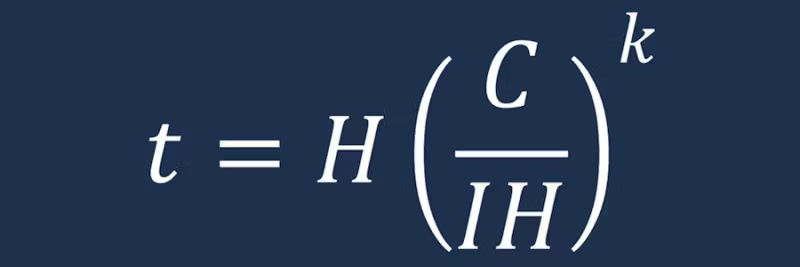Cart
Discount: 0.00 EUR
Discount: 0.00 EUR
Digital Skipper |7/10, 2021

Battery capacity is stated in ampere-hours (Ah) and indicates how much current a battery can deliver over time. Example: A 100Ah battery discharged at a constant current of 5A will be fully discharged after 20 hours.
The C-rating indicates how quickly a battery is discharged. 1C means the battery is discharged in 1 hour. For a 100Ah battery, this corresponds to 100A. A 5C rate means 500A for 12 minutes, while C5 means 20A for 5 hours.
Two ways to express C-values:
- 5C = C0.5
- 1C = C1
- 0.2C = C2
Battery capacity decreases at higher discharge rates. This is calculated using Peukert's Law and expressed with Peukert's exponent. Lead-acid batteries are affected more than lithium batteries. Battery monitors take this into account with an adjustable exponent.
Example:
A lead-acid battery rated at 100Ah at C20 can deliver 5A for 20 hours (100Ah). If the same battery is discharged in 2 hours, the capacity decreases to approximately 56Ah (C2).
In the battery monitor, the exponent can be adjusted between 1.00 and 1.50. The higher the value, the faster the capacity decreases at higher currents. The standard value is 1.25 for lead-acid batteries. An ideal battery has an exponent of 1.00.
Calculate Peukert's exponent:
Victron Energy offers a Peukert calculator for download here: http://www.victronenergy.com/support-and-downloads/software
Note: Peukert's exponent is an approximation. At very high currents, the capacity will be even lower than calculated. Do not change the default value without knowledge – with the exception of lithium batteries.